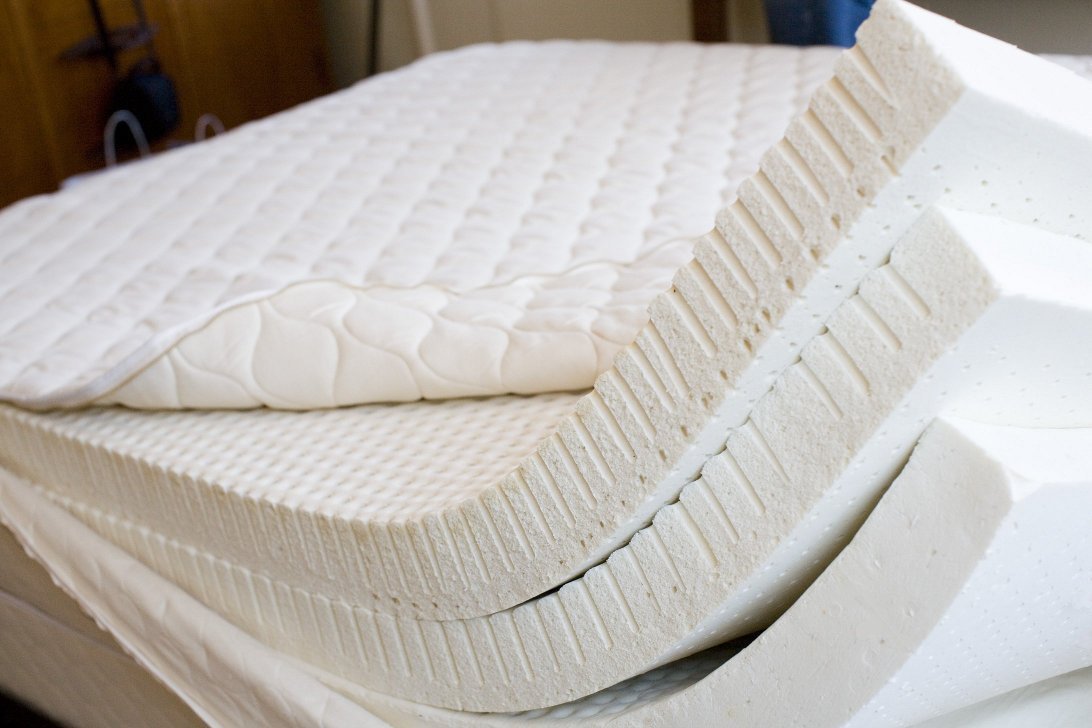When it comes to choosing the right type of glass for your living room table, you may have come across the terms "annealed" and "tempered" glass. While both are commonly used in furniture and other household items, they have distinct differences that can affect the safety, durability, and cost of your living room table. Let's take a closer look at the differences between annealed and tempered glass and which one may be the better choice for your living room table.Annealed vs Tempered Glass: What's the Difference?
The main difference between annealed and tempered glass lies in their production process. Annealed glass is created by slowly cooling molten glass, making it more prone to breakage and shattering. On the other hand, tempered glass is heated and then rapidly cooled, making it about four times stronger than annealed glass and less likely to break into sharp, dangerous shards.Annealed vs Tempered Glass: Which is Better for Your Living Room Table?
While both types of glass can be used for living room tables, understanding their differences can help you make an informed decision. One of the main factors to consider is safety. If you have young children or pets in your household, tempered glass may be the better choice as it is less likely to cause serious injuries in case of breakage.Understanding the Differences Between Annealed and Tempered Glass for Living Room Tables
In terms of safety, tempered glass is the clear winner. Not only is it stronger and less likely to break, but it also breaks into small, less harmful pieces rather than sharp shards. This makes it a safer choice for households with children, pets, or clumsy adults.Annealed vs Tempered Glass: Which is Safer for Your Living Room Table?
Of course, with any material, there are pros and cons to consider. Annealed glass may be more cost-effective and easier to cut and shape, but it is also more likely to break and requires more maintenance to prevent scratches and chips. On the other hand, tempered glass is stronger and safer, but it is more expensive and cannot be cut or shaped once it has been tempered.The Pros and Cons of Using Annealed vs Tempered Glass for Your Living Room Table
When deciding between annealed and tempered glass for your living room table, it ultimately comes down to your personal needs and preferences. If you prioritize safety and are willing to invest in a stronger, more durable material, tempered glass may be the better choice. However, if budget and customization options are more important to you, annealed glass may be the way to go.Choosing the Right Type of Glass for Your Living Room Table: Annealed vs Tempered
In terms of durability, tempered glass is the clear winner. Its strength and resistance to breakage make it a long-lasting and reliable choice for living room tables. It is also less prone to scratches and chips, making it a low-maintenance option for busy households.Annealed vs Tempered Glass: Which is More Durable for Your Living Room Table?
When it comes to strength and safety, tempered glass outshines annealed glass. Its unique production process makes it about four times stronger than annealed glass, and it is less likely to cause serious injuries in case of breakage. This makes it a popular choice for high-traffic areas and households with children or pets.Comparing the Strength and Safety of Annealed vs Tempered Glass for Living Room Tables
In terms of cost, annealed glass may be the more budget-friendly option. However, it is important to consider the long-term benefits of tempered glass, such as its durability and safety. Investing in a stronger and safer material may save you money in the long run by avoiding potential breakages and injuries.Annealed vs Tempered Glass: Which is More Cost-Effective for Your Living Room Table?
Aside from safety and durability, the production process and potential uses of annealed and tempered glass also differ. While annealed glass is commonly used for windows, picture frames, and other household items, tempered glass is often preferred for furniture, such as living room tables, due to its strength and safety features. It is also commonly used for car windows, shower doors, and other applications where safety is a top priority. In conclusion, the choice between annealed and tempered glass for your living room table ultimately depends on your personal needs and preferences. While tempered glass may be the safer and more durable option, annealed glass may be the more cost-effective and customizable choice. Consider your priorities and do some research before making a decision, and you'll end up with a living room table that not only looks great but also meets your specific needs.The Differences in Production and Uses of Annealed vs Tempered Glass for Living Room Tables
The Difference Between Annealed and Tempered Glass for Living Room Tables

The Importance of Glass in House Design
 Glass has become an essential element in modern house design, adding a touch of elegance and sophistication to any living space. From large windows that bring in natural light to glass tables that serve as a focal point in the room, the use of glass has become a popular choice for homeowners. When it comes to glass tables, two types are commonly used: annealed and tempered glass. Both have their own unique properties and benefits, but it is important to understand the differences between the two in order to make the best decision for your living room table.
Glass has become an essential element in modern house design, adding a touch of elegance and sophistication to any living space. From large windows that bring in natural light to glass tables that serve as a focal point in the room, the use of glass has become a popular choice for homeowners. When it comes to glass tables, two types are commonly used: annealed and tempered glass. Both have their own unique properties and benefits, but it is important to understand the differences between the two in order to make the best decision for your living room table.
The Process of Annealed and Tempered Glass
 Annealed glass
is the most basic form of glass, produced by slowly cooling heated glass to relieve internal stress and strengthen it. This process makes the glass more durable and resistant to breakage. However, it is still considered to be a type of safety glass and can shatter into large, sharp pieces if broken.
Tempered glass
, on the other hand, undergoes a more advanced process where the glass is heated to a high temperature and then rapidly cooled. This creates a surface compression that makes the glass up to four times stronger than annealed glass. When broken, tempered glass shatters into small, rounded pieces that are less likely to cause injury. This is why tempered glass is commonly used for car windows and shower doors.
Annealed glass
is the most basic form of glass, produced by slowly cooling heated glass to relieve internal stress and strengthen it. This process makes the glass more durable and resistant to breakage. However, it is still considered to be a type of safety glass and can shatter into large, sharp pieces if broken.
Tempered glass
, on the other hand, undergoes a more advanced process where the glass is heated to a high temperature and then rapidly cooled. This creates a surface compression that makes the glass up to four times stronger than annealed glass. When broken, tempered glass shatters into small, rounded pieces that are less likely to cause injury. This is why tempered glass is commonly used for car windows and shower doors.
The Benefits of Annealed and Tempered Glass for Living Room Tables
 When it comes to choosing between annealed and tempered glass for your living room table, the decision ultimately depends on your personal preferences and needs. Annealed glass is a budget-friendly option and is suitable for tables that will not be subject to heavy use or potential impact. It also allows for more customization in terms of shape and design.
Tempered glass, on the other hand, offers superior strength and safety. It is ideal for tables that will be used frequently and may be subject to accidental impacts. Tempered glass is also able to withstand extreme temperatures, making it a great option for outdoor or patio tables.
When it comes to choosing between annealed and tempered glass for your living room table, the decision ultimately depends on your personal preferences and needs. Annealed glass is a budget-friendly option and is suitable for tables that will not be subject to heavy use or potential impact. It also allows for more customization in terms of shape and design.
Tempered glass, on the other hand, offers superior strength and safety. It is ideal for tables that will be used frequently and may be subject to accidental impacts. Tempered glass is also able to withstand extreme temperatures, making it a great option for outdoor or patio tables.
In Conclusion
 In summary, the choice between annealed and tempered glass for a living room table ultimately comes down to personal preference and the intended use of the table. Both types of glass have their own unique benefits and can add a touch of style and functionality to your home. Whichever option you choose, be sure to carefully consider your needs and budget to make the best decision for your living room design.
In summary, the choice between annealed and tempered glass for a living room table ultimately comes down to personal preference and the intended use of the table. Both types of glass have their own unique benefits and can add a touch of style and functionality to your home. Whichever option you choose, be sure to carefully consider your needs and budget to make the best decision for your living room design.

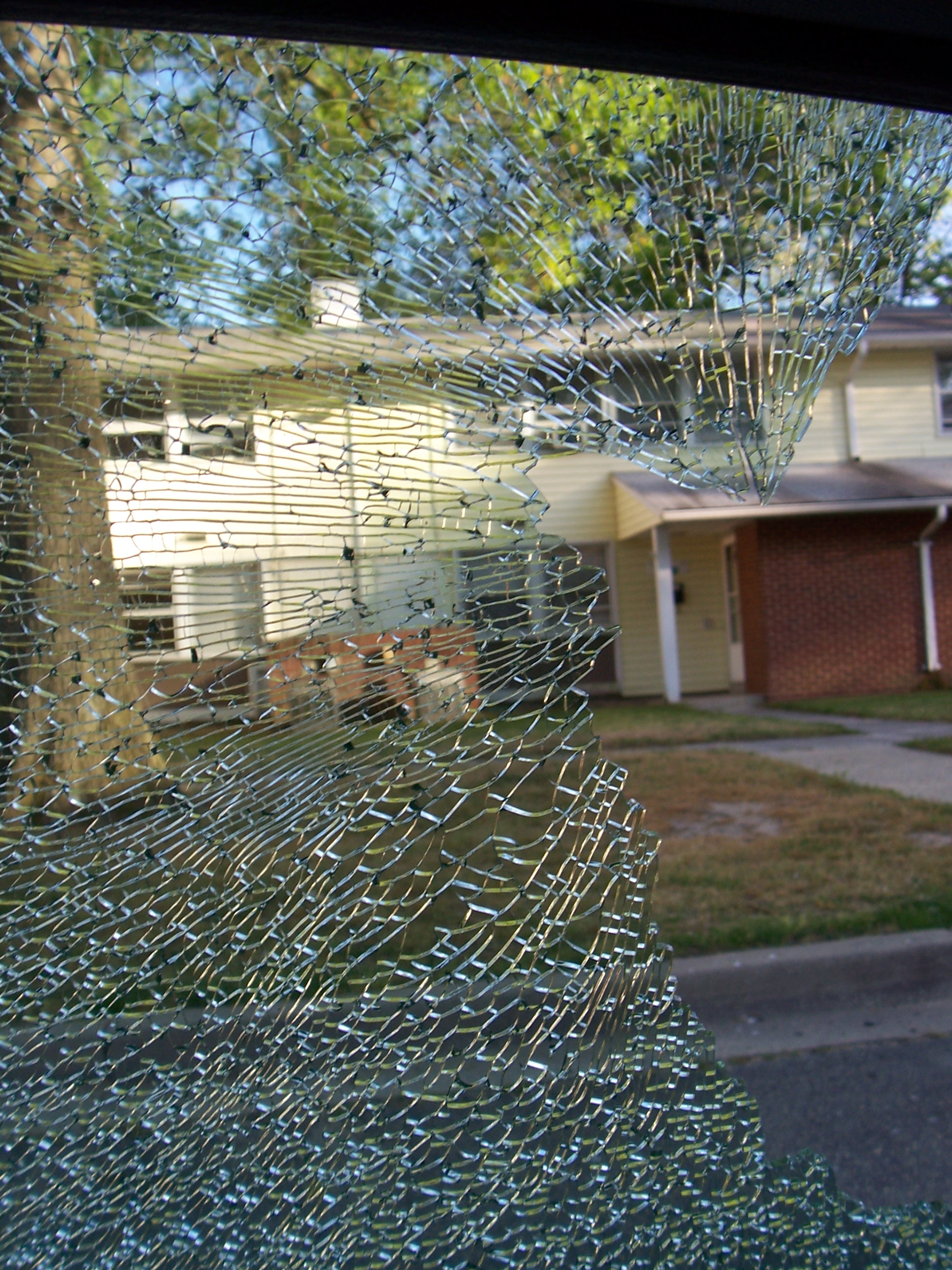

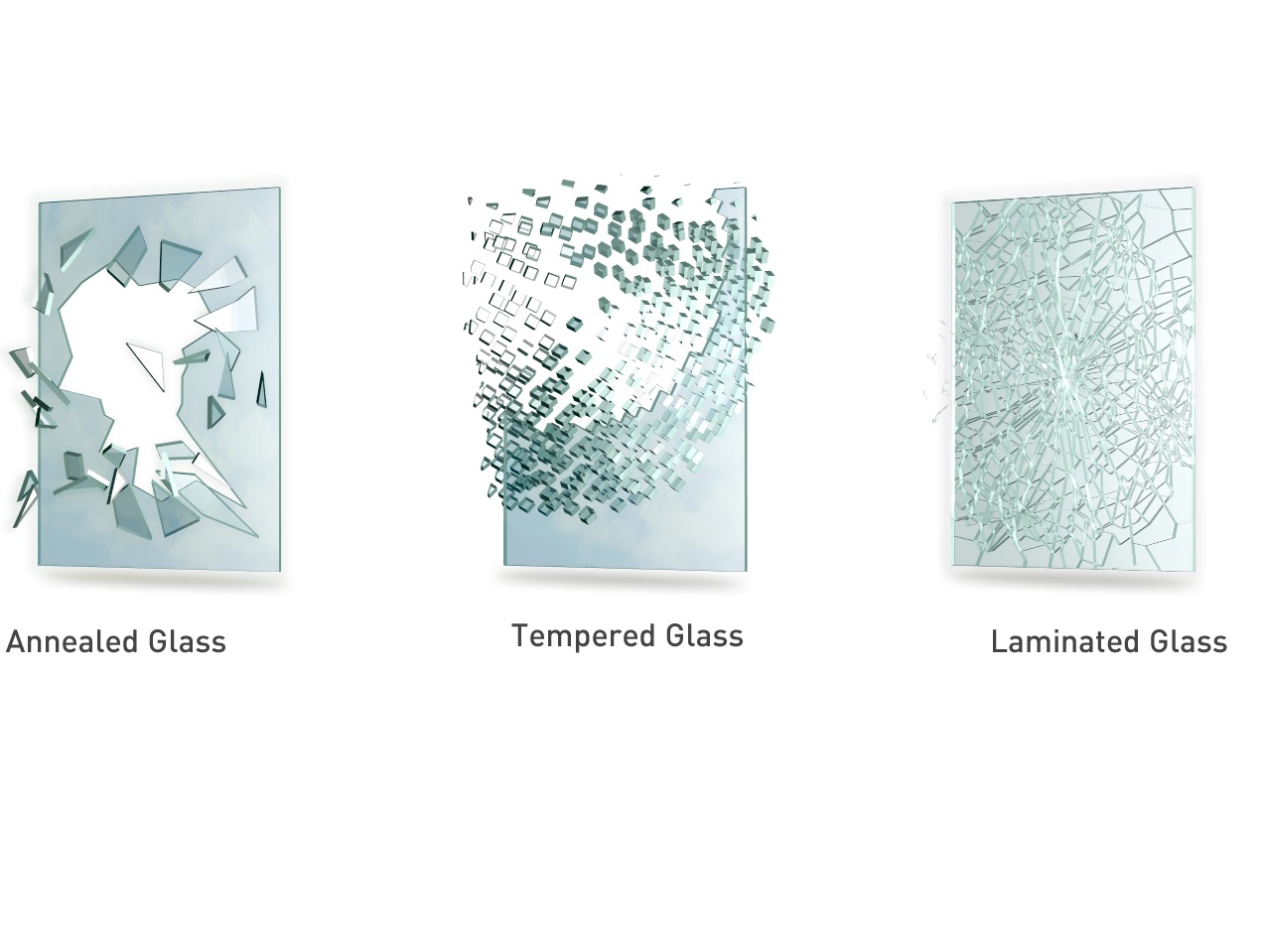
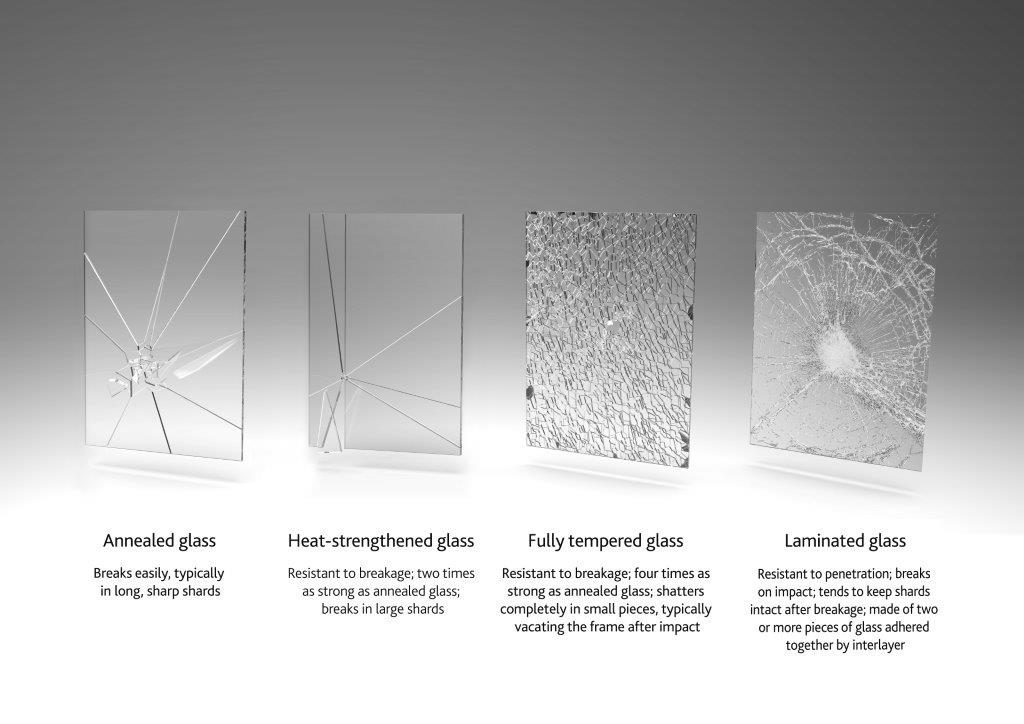
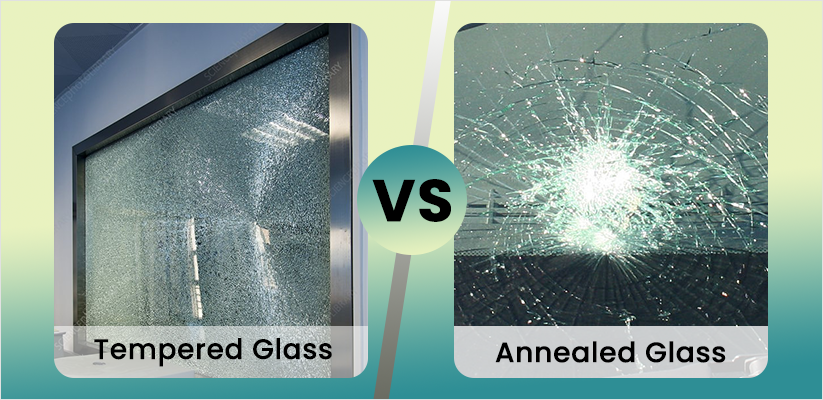
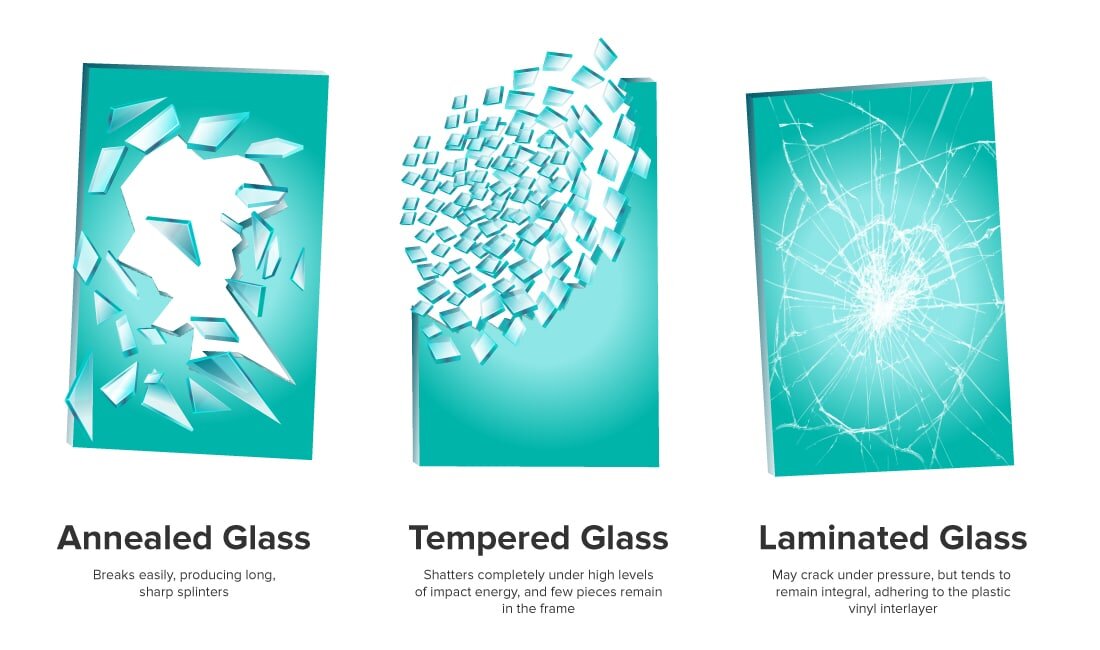


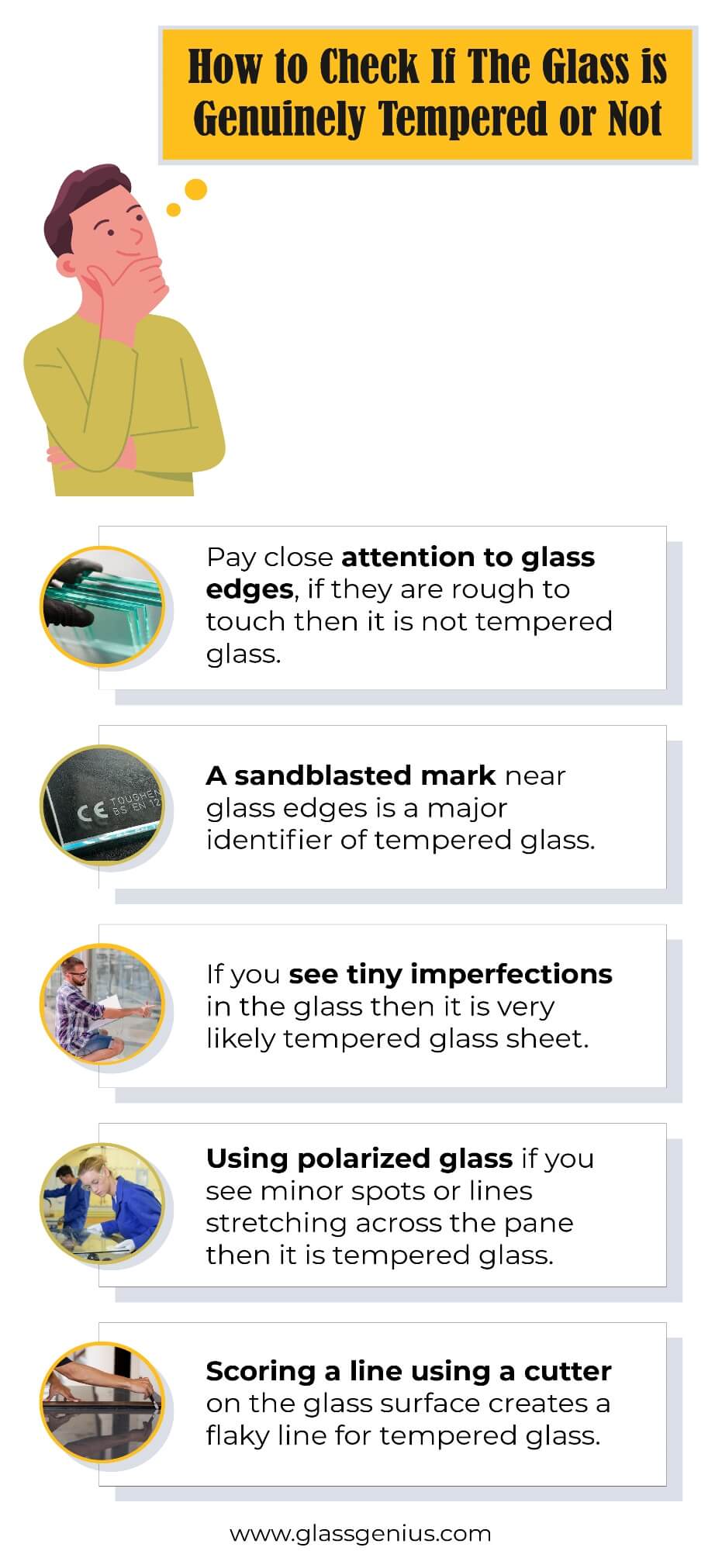

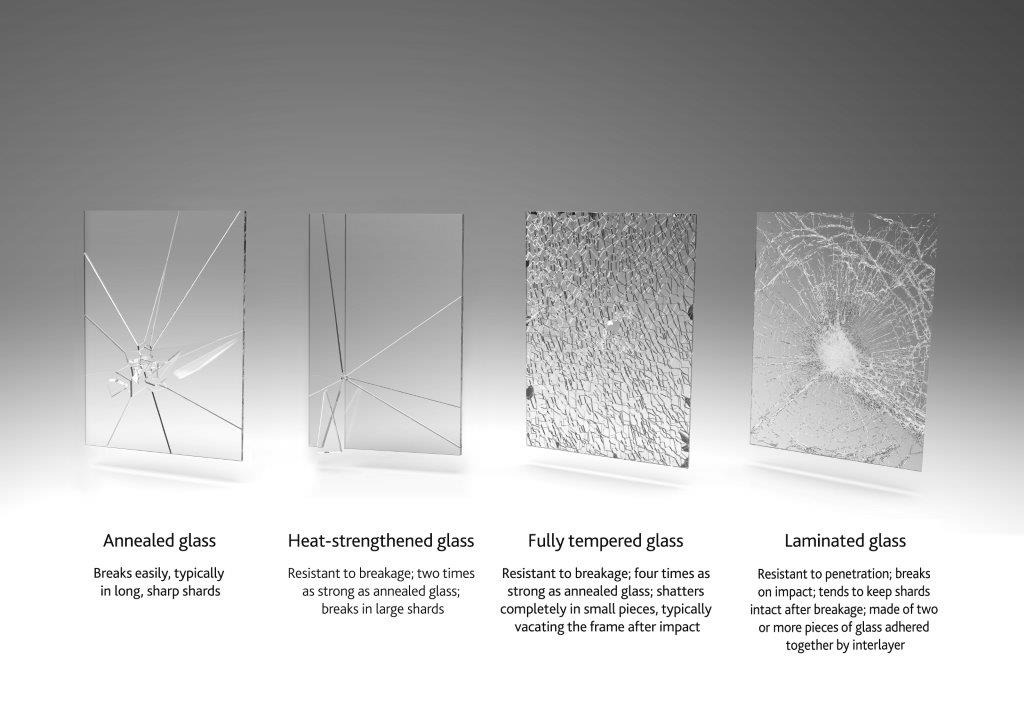
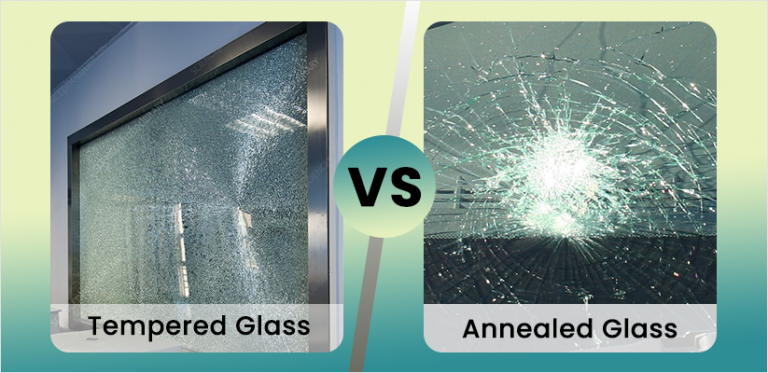

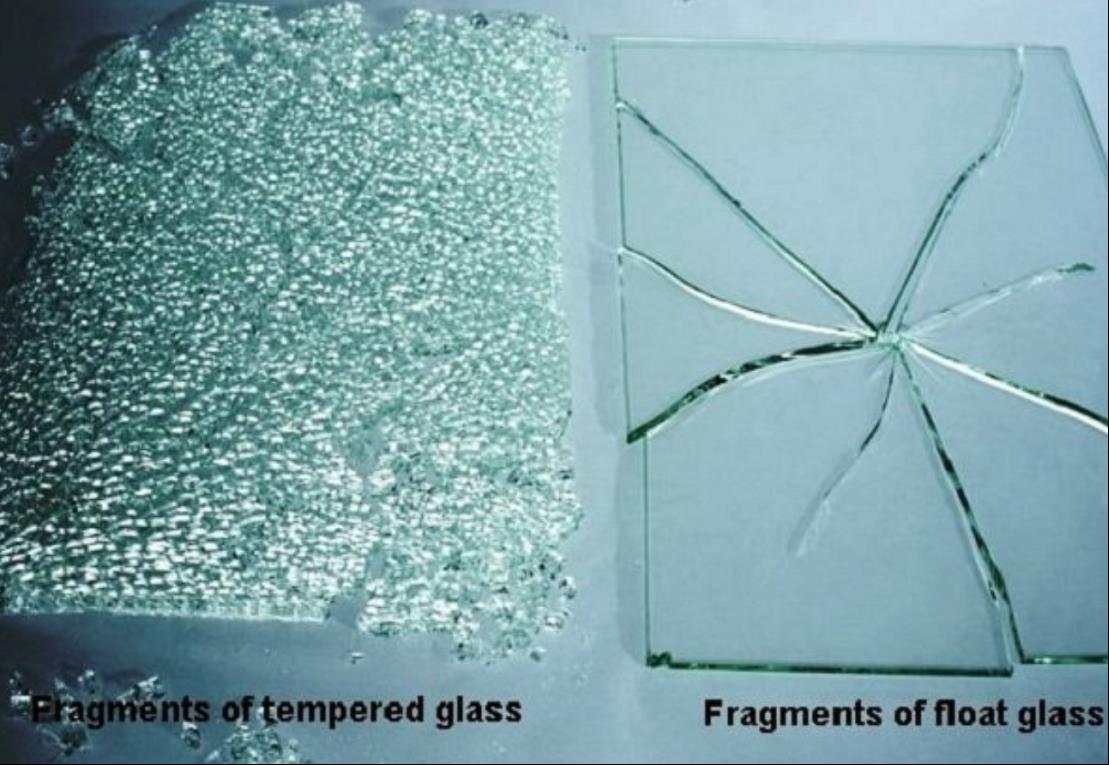
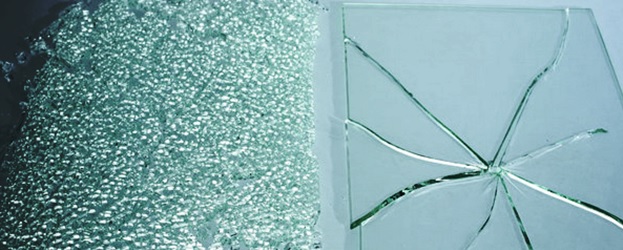






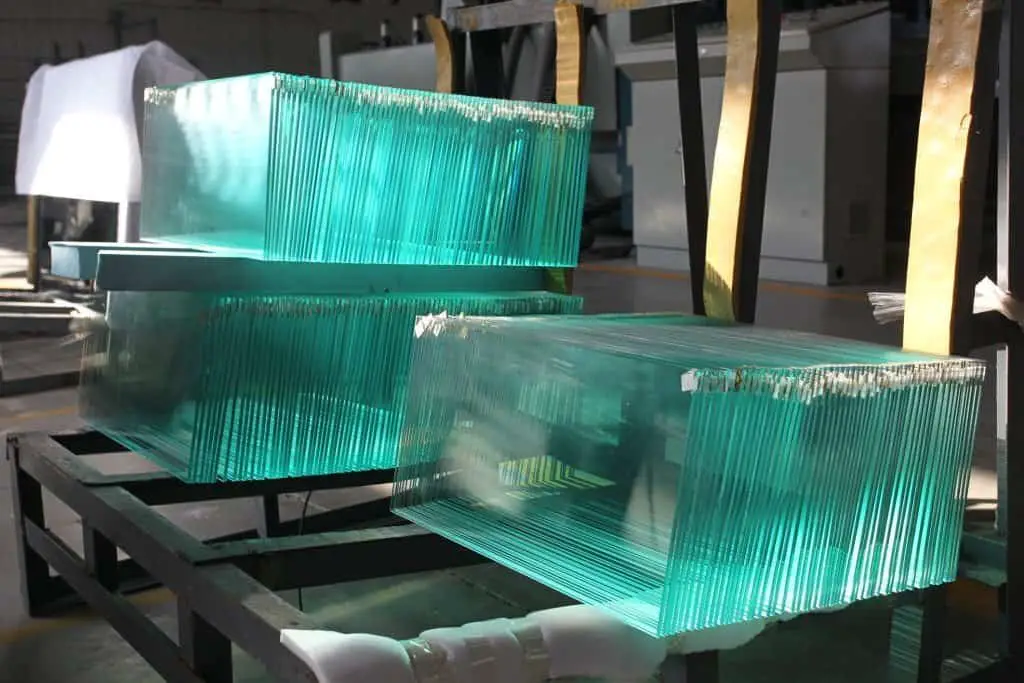




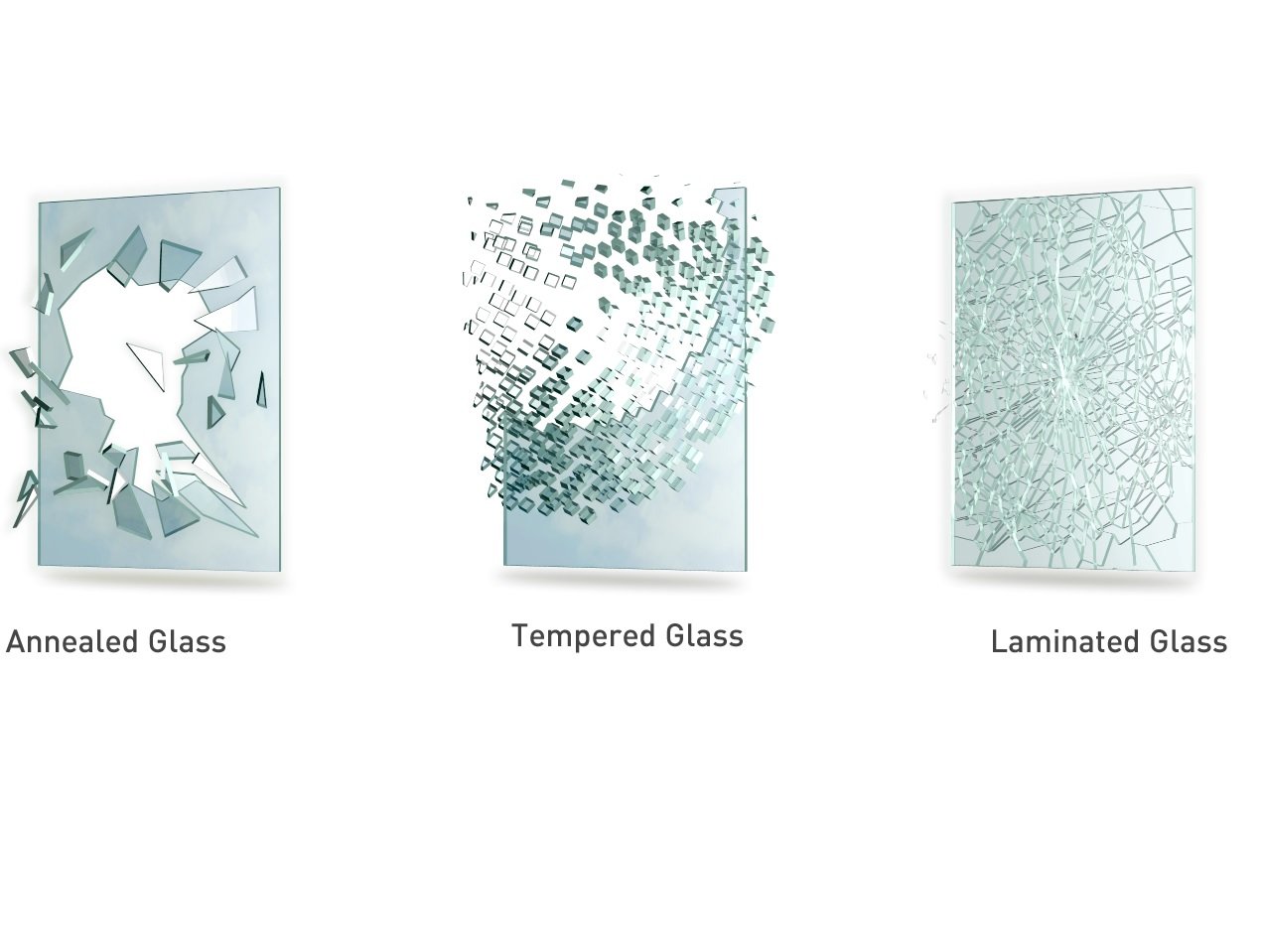


:max_bytes(150000):strip_icc()/living-room-area-rugs-1977221-e10e92b074244eb38400fecb3a77516c.png)

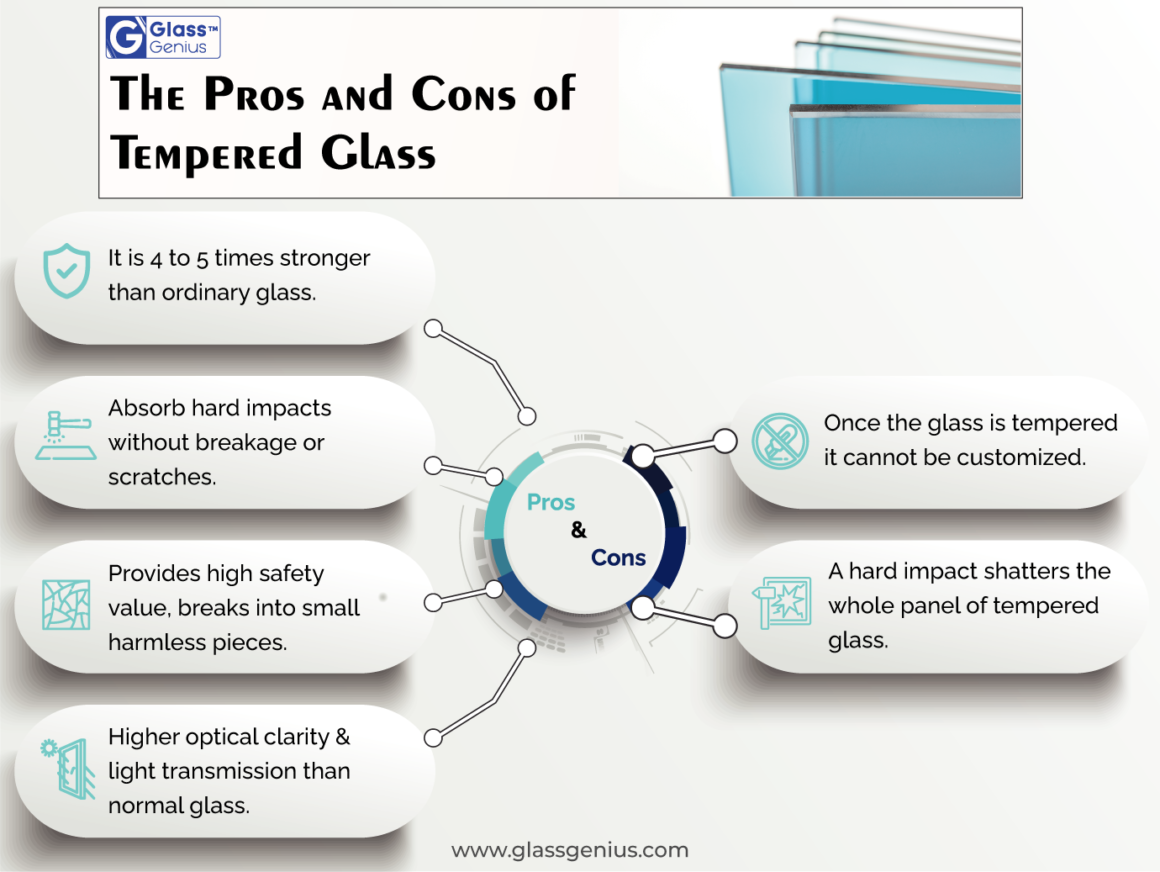


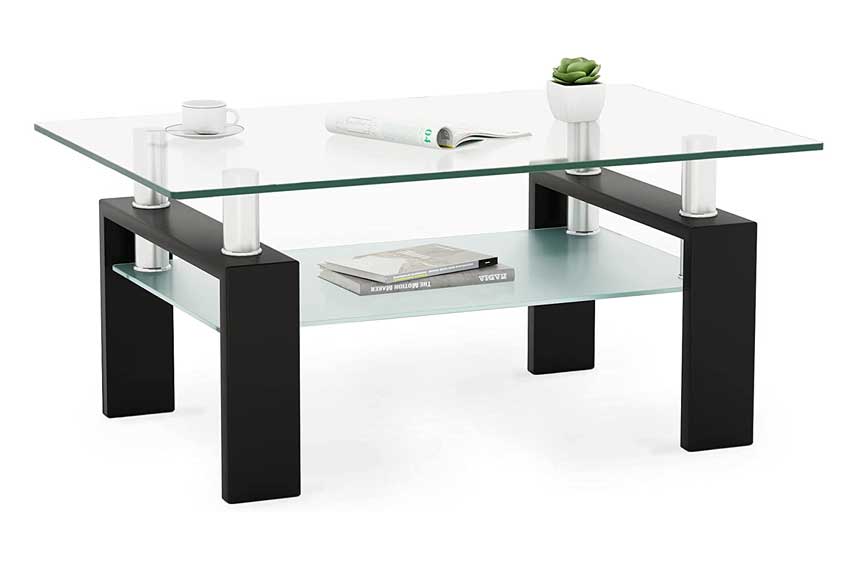


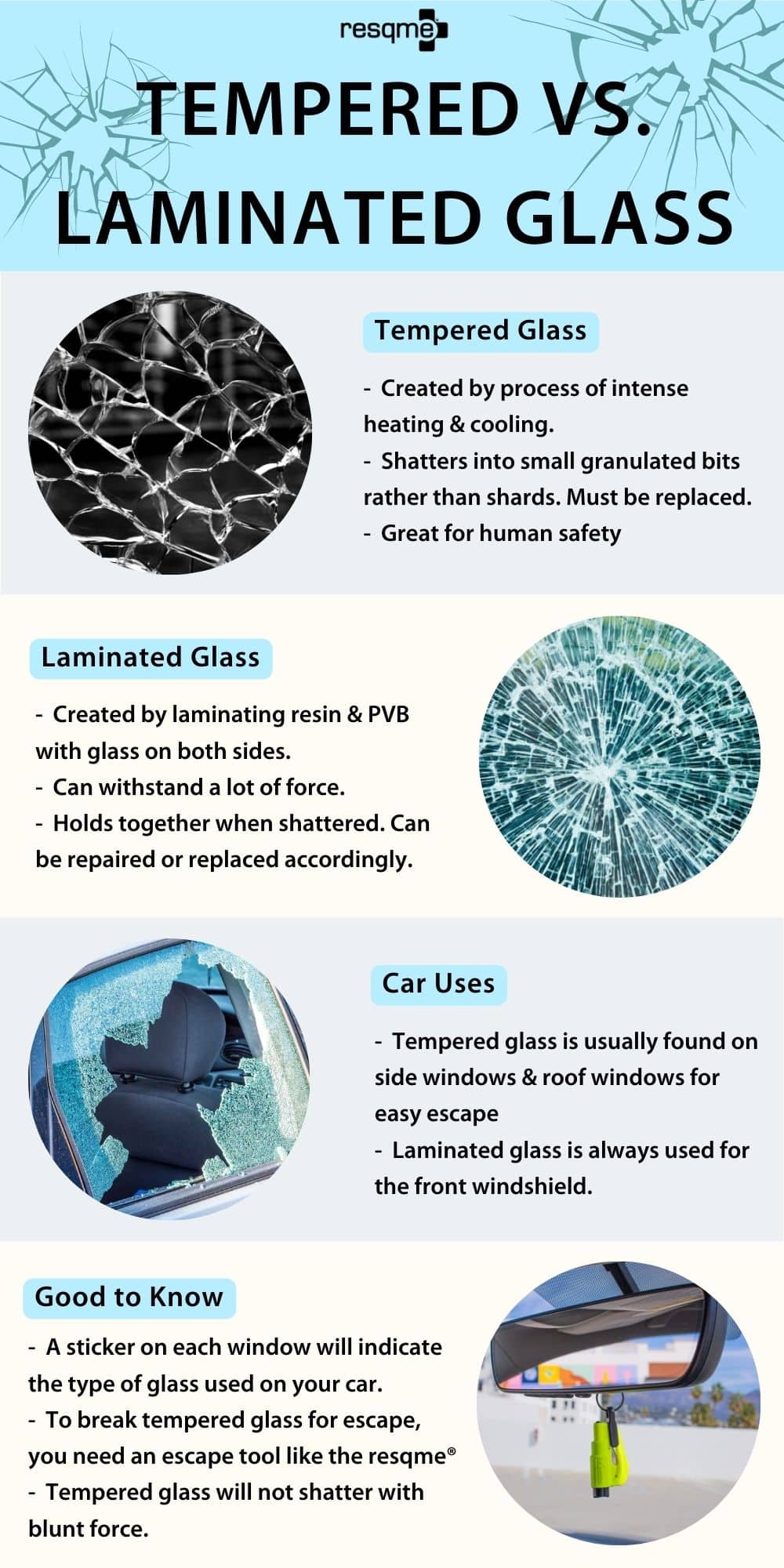


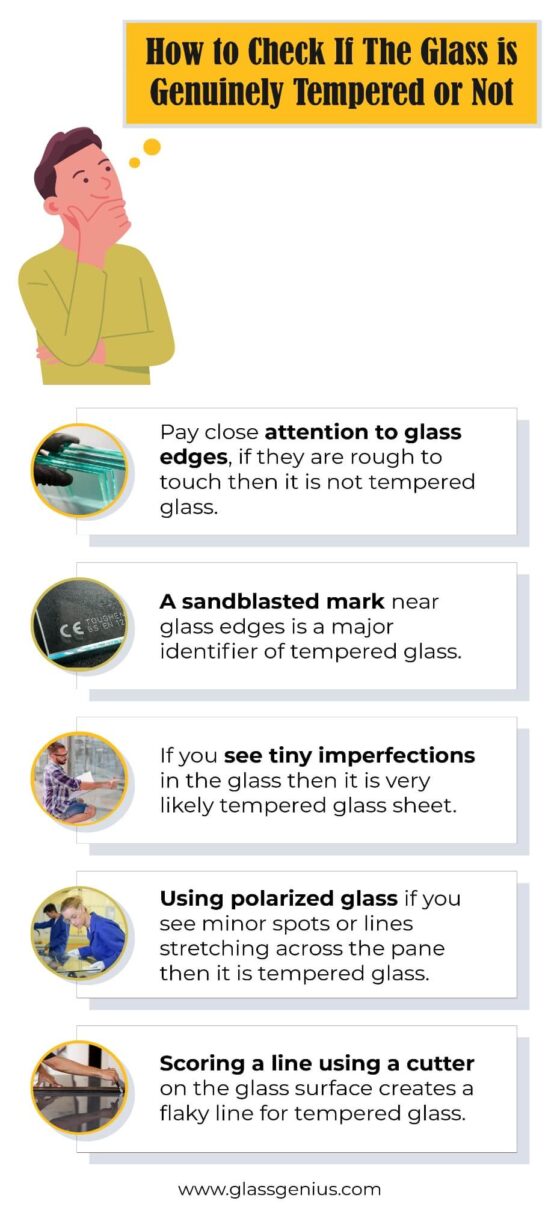


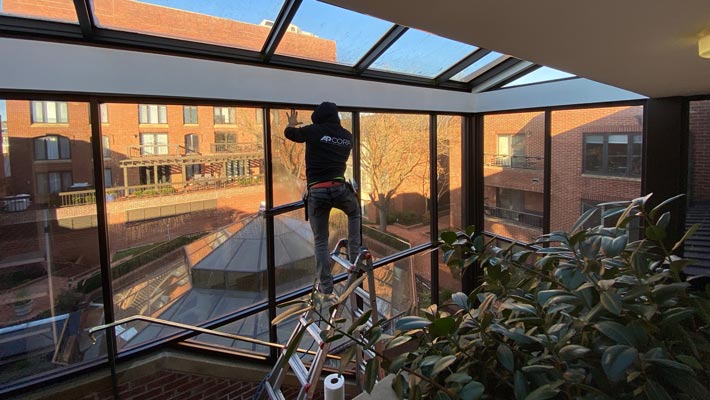
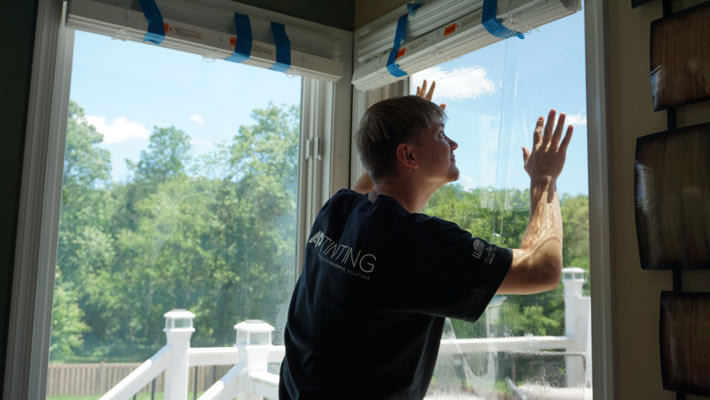
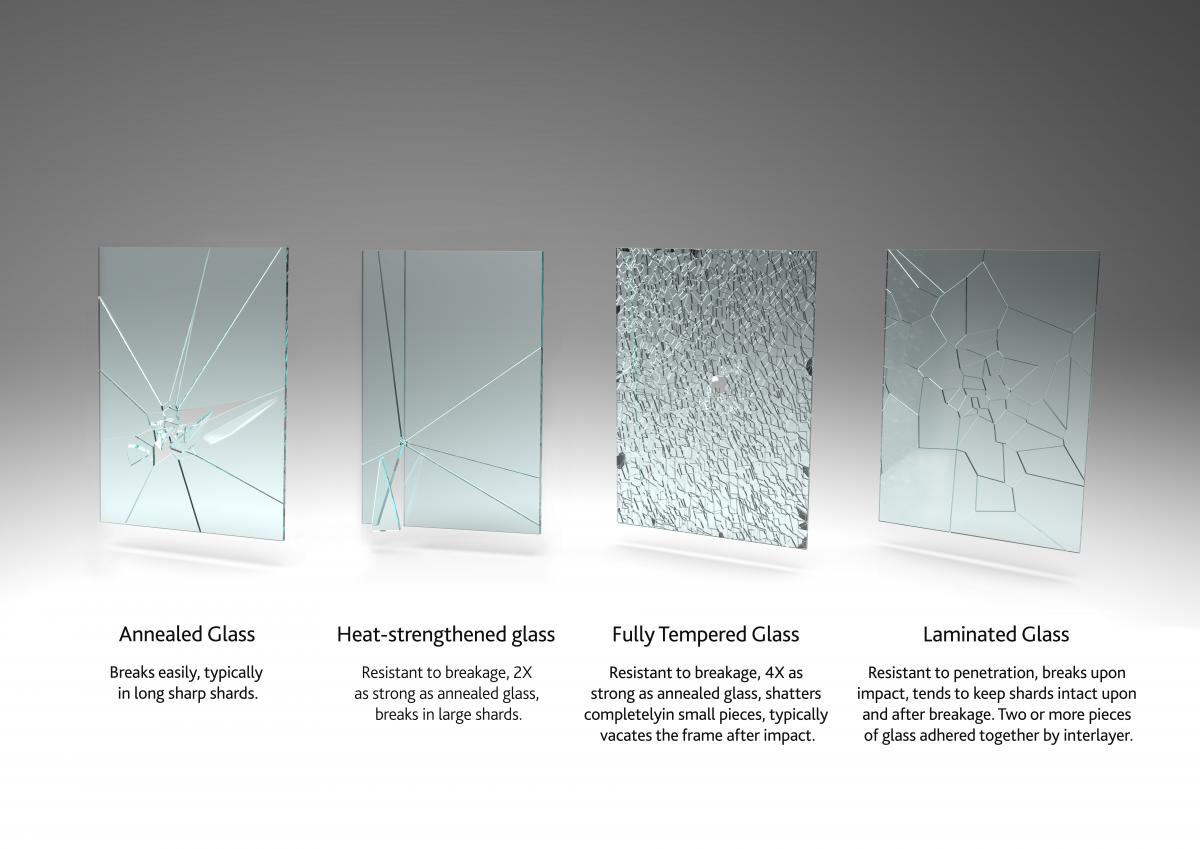




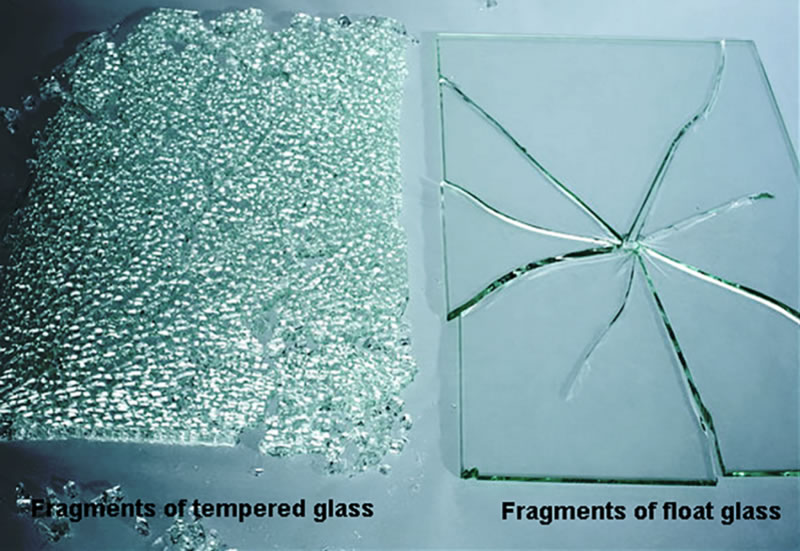
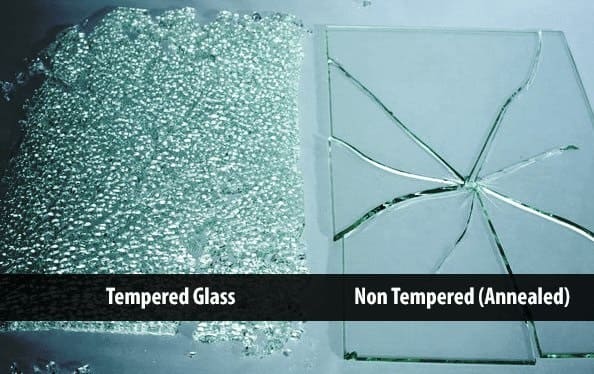

:max_bytes(150000):strip_icc()/master-bathroom-design-ideas-4129362-hero-d896a889451341dfaa59c5b2beacf02d.jpg)



